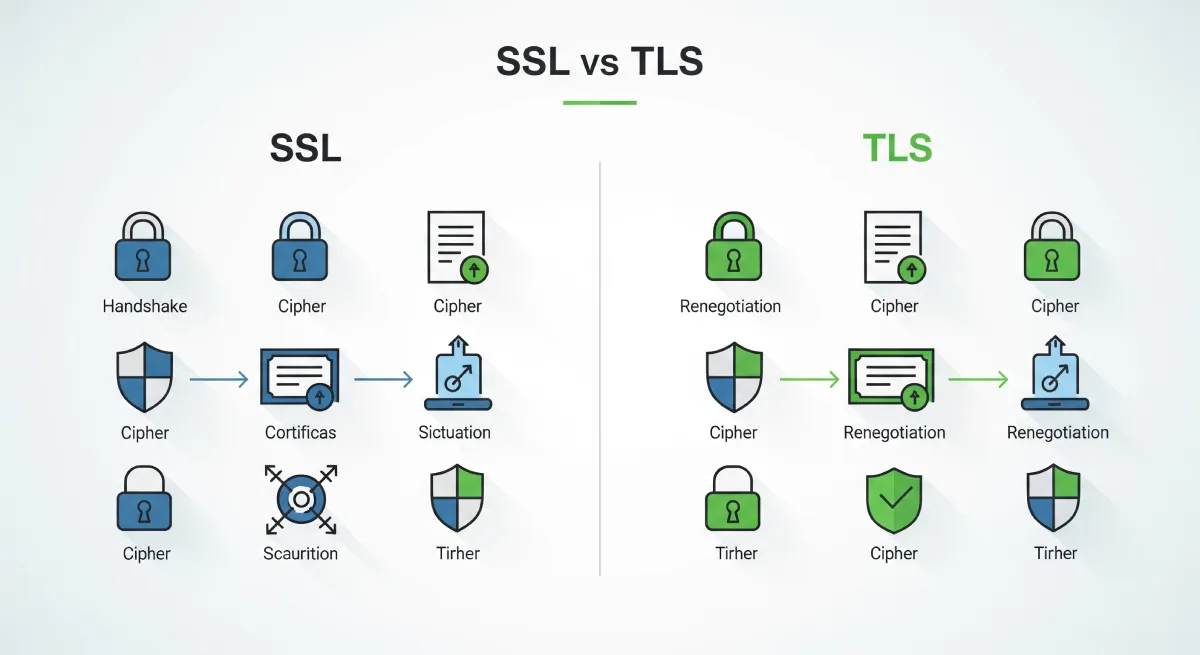Understanding OSI vs. TCP/IP is key to mastering network models. Explore their layers, functionalities, and differences to gain insights into how data flows across networks effectively.
The Seed Keyword Magic: Unveiling the Layers
As we begin our exploration, we unravel the layers of both models, providing a foundational understanding of how data traverses the intricate web of network architecture.
1. OSI Model: A Seven-Layer Symphony
The OSI Model, with its seven layers, serves as a conceptual framework. Each layer, from Physical to Application, plays a distinct role in ensuring seamless communication.
2. TCP/IP Model: Streamlined Simplicity in Four Layers
Contrastingly, the TCP/IP Model condenses the layers into four – Link, Internet, Transport, and Application. This streamlined approach reflects the model’s efficiency in modern networking.
Breaking Down the Layers
In this section, we dissect each layer of both models, elucidating their specific functions and interactions. Understanding the nuances of these layers is essential for any networking aficionado.
OSI vs TCP/IP Models – The Ultimate Guide Section
Embarking on an in-depth exploration, we scrutinize the OSI and TCP/IP Models individually, providing insights into their structures and functionalities.
1. OSI Model Breakdown
The OSI Model, with layers like Physical, Data Link, and Network, establishes a comprehensive framework. We delve into the unique role each layer plays in data transmission.
2. TCP/IP Model Unveiled
The TCP/IP Model, encompassing Link, Internet, Transport, and Application layers, takes a pragmatic approach. We unveil how each layer contributes to the efficiency of modern networking.
Real-World Applications
Bridging theory with practice, we discuss real-world scenarios where OSI and TCP/IP Models play pivotal roles. From web browsing to file transfers, understanding these applications is crucial for network design.
Advantages and Disadvantages
No model is without its merits and demerits. We weigh the pros and cons of both OSI and TCP/IP Models, empowering you to make informed decisions in your networking endeavors.
Key Difference between OSI and TCP/IP Models in the table
OSI Model | TCP/IP Model |
|---|---|
| OSI stands for Open System Interconnection | TCP/IP stands for Transmission Control Protocol / Internet Protocol |
| It is developed by ISO | It is developed by Department of Defense (DoD) |
| It has 7 layers | It has 4 layers |
| Separate Presentation layer and Session layer | No separate layer |
| Protocols are strictly define | Protocols are not strictly define |
| Protocols can be replace easily | Not easy |
| Network layer support both Connection Less and Connection Oriented | Network layer support Connection Less |
| Vertical Approach | Horizontal approach |
| Transport Layer is Connection Oriented | Transport Layer is both Connection Less and Connection Oriented |
| It is a reference model | Implementation of the OSI Model |
FAQs:
1. What is the OSI Model?
The OSI Model, or Open Systems Interconnection Model, is a conceptual framework that standardizes the functions of a telecommunication or computing system into seven abstraction layers.
2. How does the TCP/IP Model differ from OSI?
Unlike the OSI Model, the TCP/IP Model combines the presentation and session layer into its application layer, streamlining the structure into four layers.
3. Are these models still relevant in modern networking?
Absolutely. Both models serve as foundational frameworks, with the OSI Model emphasizing conceptual clarity and the TCP/IP Model dominating practical implementations.
4. Can I transition from OSI to TCP/IP seamlessly?
While the transition requires adaptation, understanding both models is advantageous in the dynamic field of networking.
5. What are the primary challenges associated with these models?
Common challenges include compatibility issues during integration and the need for a deep understanding of the protocols within each layer.
6. How do these models contribute to network security?
Both models play a crucial role in security protocols, ensuring data integrity, confidentiality, and availability across diverse network environments.
Conclusion:
As we conclude this ultimate guide, you’re now equipped with profound insights into the intricate realm of networking – from layers to protocols. Empower your journey in the ever-evolving landscape of information technology.




